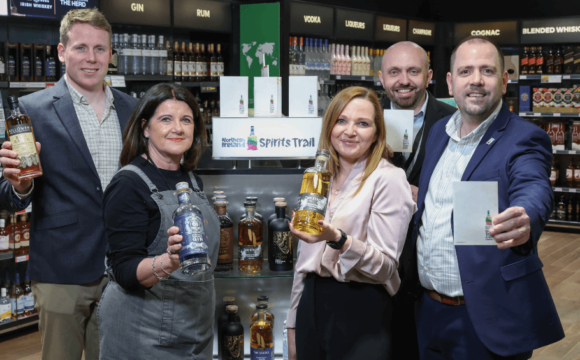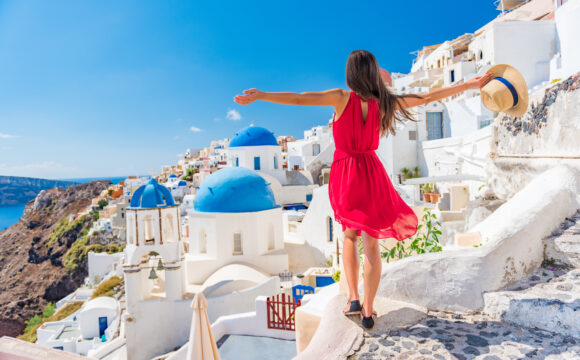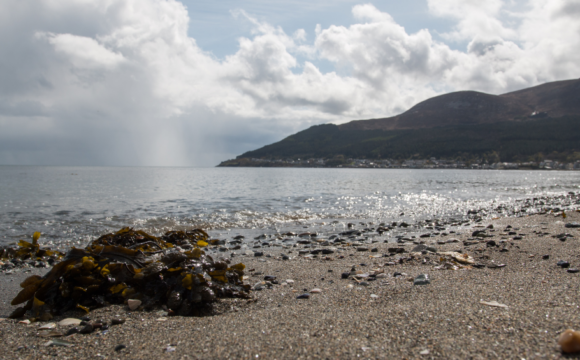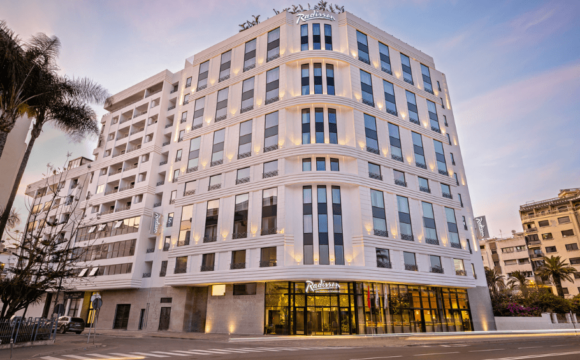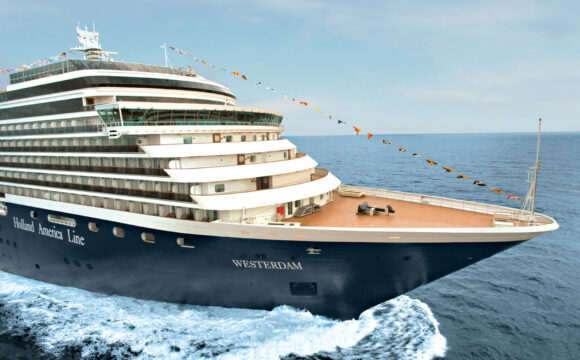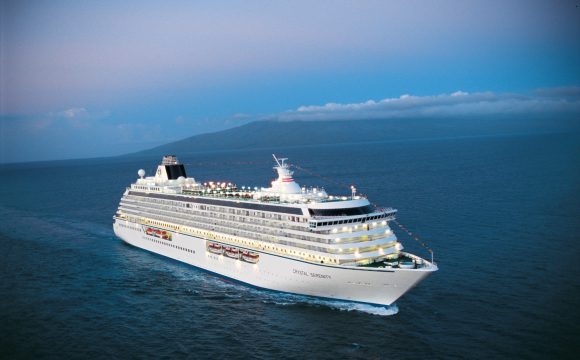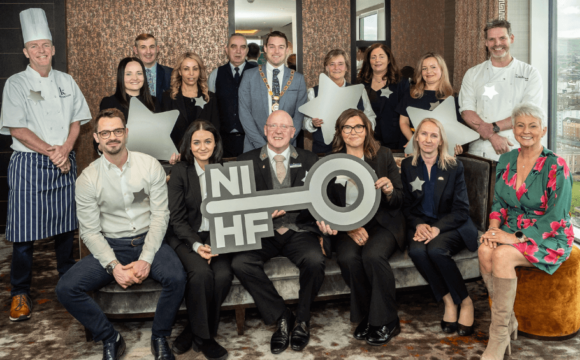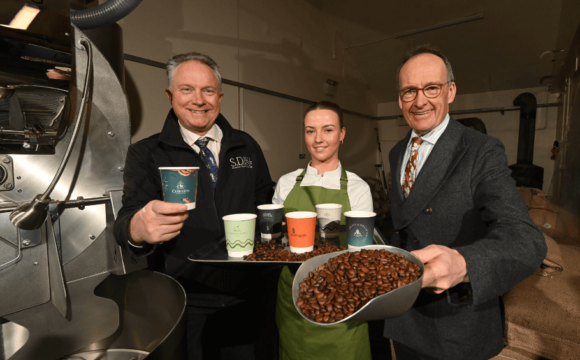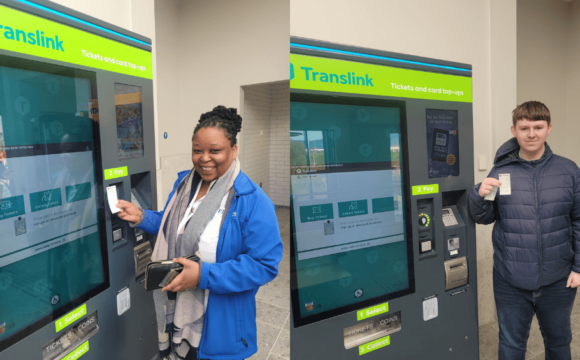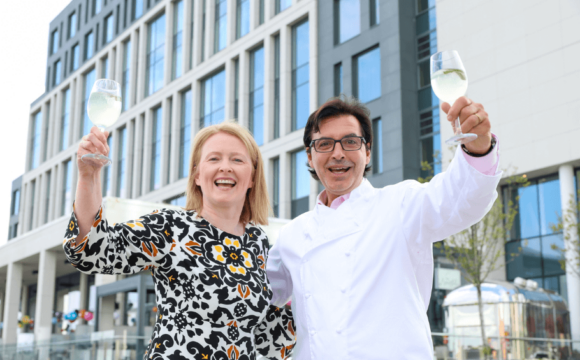From Wednesday 8th July, the Government announced reduced VAT on the leisure and hospitality sector, along with additional “eat out” discounts.
Dimitris Hiotis, Global Head of the Leisure, Travel and Transportation practice at Simon-Kucher & Partners, the global strategy and marketing consulting firm, and Rosalind Hunter, Partner at Simon-Kucher, share their insights on what businesses need to do to maximize stimulus benefits from these temporary schemes.
After some depressing months for the hospitality and leisure sectors of the UK economy, some positive news was delivered this week by the Chancellor. The Government has reduced the VAT on the leisure and hospitality sector from 20 percent to five percent for a period of roughly six months, and is also incentivising consumers to dine out Monday through Wednesday by providing “eat out” vouchers offering discounts of 50 percent.
What do the changes mean in practice?
The VAT change, although it may seem like a 15 per cent discount, translates to a 12.5 percent reduction from current prices, assuming a full pass through. Here’s what that looks like in practice:
- If you fancy a Margherita pizza at your local Pizza Express, it will now cost £7.83 vs. £8.95 pre-VAT cut – a savings of £1.12
- Or if you fancy a day out at Alton Towers, you will save £7.25 on the £58 ticket price (on the gate) per adult, with a family of four paying a total of £185.50 vs. £212 pre-VAT cut – a savings of £26.50
- …and if you want to go the cinema, a family of five could pay roughly £54 vs. £63 before the pandemic
As for restaurants in August, meals will cost considerably less if you decide to eat out Monday through Wednesday, with the Government providing a 50 percent discount voucher capped at £10 per diner. This will mean that a meal for four at a Pizza Express costing around £75 full price, will now cost as little as £32 once you apply the VAT effect and the 50 percent voucher.
Why is the Government doing this now?
The hospitality and leisure industries have been hit considerably hard during the lockdown – pubs and restaurants closed, holiday parks stopped operating, and hotels turned to ghost buildings for nearly three months. As the lockdown is eased, the Government is using price as the lever to bring back customers and drive revenue growth to safeguard these businesses.
And they are right to do so. A recent survey* by Simon-Kucher & Partners suggested that UK consumers expect to go out far less than before the pandemic: A staggering 54 percent of UK consumers expect to go to the cinema and theatre less or far less than before the pandemic. As for restaurants, pubs, and bars, 47 percent of UK consumers indicated they will visit less or far less than before. The equivalent statistic for museums, attractions and theme parks was 39 percent.
So the backdrop of these schemes is that of considerable demand drop for the sector. A price reduction through the VAT and the “eat out” voucher is a much needed strategy to incentivise demand and increase footfall.
Will it work?
The scheme will undoubtedly generate some demand for the sector. In simple terms, the government has just announced a big promotion for the sector to the wider electorate to stimulate demand.
However, its effectiveness will differ by sector. For holiday businesses like hotels, holiday parks and vacation rental players, they are already experiencing a surge in demand as British holiday makers prefer staycations this year over international travel. Simon-Kucher‘s recent Future of Travel study suggested that 34 percent of British consumers expect to take more domestic holidays this year than last year as a result of COVID-19. An extra reduction in the price from a lower VAT will provide more room for such companies to play with price and/or be able to increase their revenue through more demand and higher occupancy. So they will most likely benefit considerably either though higher margins or more bookings.
For restaurants, the situation is a bit less rosy. The pandemic has shifted consumer patterns more to delivery and takeaway; at the same time, the social distancing rules have reduced the capacity of restaurants, impacting their revenue potential at peak times. Also, previous crises suggest that people cut-down on discretionary spending, including dining out. We have already seen the first victims of the crisis, with Café Rouge, Bella Italia, and Las Iguanas going into administration last week, and more could likely follow. As such, it is of no wonder that the Government has provided the “eat out” scheme as it is much needed for the industry to pick-up demand and protect the millions of jobs that rely on it.
How should such businesses use the scheme to the best of their advantage?
If we take restaurants, the wise strategy will be to pass as much as possible to the consumer and drive through footfall. The industry needs to persuade the customer that is safe to eat-out and remind them of the pleasure of eating out vs. eating in. So any incentive that can drive demand through the doors should be used, especially if it is bankrolled by the Government. This will alleviate any fears quicker and hopefully get restaurant goes to come back soon.
However, in revising their pricing, restaurants need to consider the following:
- Make use of psychological thresholds: Restaurant pricing tends to adhere to psychological thresholds – e.g. prices ending at 95p or 45p. A straight reduction by 12.5 percent will disrupt such prices limiting margin potential for restaurants. For example a Margherita pizza currently priced at £8.95 will reduce to £7.83. Such a price doesn’t adhere to such thresholds. A cleverer price point will be to £7.95 which will provide an extra 12p margin and will probably generate equally increased demand as the £7.83 as it adheres to a “below £8” threshold.
- Incentivise upsell: The price reduction will make higher priced/high margin products more attractive to the consumer. Upselling is a big part of margin optimisation in the industry, so clever upselling strategies should be set-up to maximise the margin impact. This could be done with the creation of meal deals, meal bundles and or clever sales dialogue by the menu or waiting staff to drive people to a better meal (and a higher margin one).
- Boost up promotional messages: The VAT decrease provides more bandwidth to play with promotions and create bigger promotional messages. This 12.5 percent reduction can be combined with a promotional discount to be more effective – e.g. the 20 percent discount voucher can be elevated to 30 percent “of the old price” giving a more effective message without impacting the margin.
- Reconsider your channel strategy: This could be an opportunity to differentiate prices between delivery platforms and eat-in. The delivery platforms typically charge restaurants a commission of up to 30 percent on food items. Restaurants can decide to keep the “20 percent VAT” prices on delivery platforms but reduce their “eat-in” prices to reflect the lower VAT, thus incentivising eat-in over delivery.
- With most restaurants thinking of rolling out new Autumn menus come September, they might have some time to implement some of the above and produce a five percent VAT based menu that maximises their margin while driving considerable demand through the doors.
- As for the hospitality (lodging) industry, how they use the underline discount is less clear. Most of these businesses employ dynamic pricing that means prices change frequently, even within the day. As such, it is less clear how the VAT reduction will feed into the customer. They are also capacity-constrained, and if they are experiencing a surge in demand from a post-COVID staycation boom, then they can potentially take the VAT as a full margin benefit. Time will ultimately tell and/or the balance sheets of these businesses by the end of the year.
The coming weeks will prove how effective (or ineffective) these schemes are. After a difficult year, one thing that many consumers will be looking forward to as the light at the end of the tunnel: Christmas dinner. The good news is the scheme is slated to end by January 2021, meaning that it will still be in place when the Christmas menus come out.


